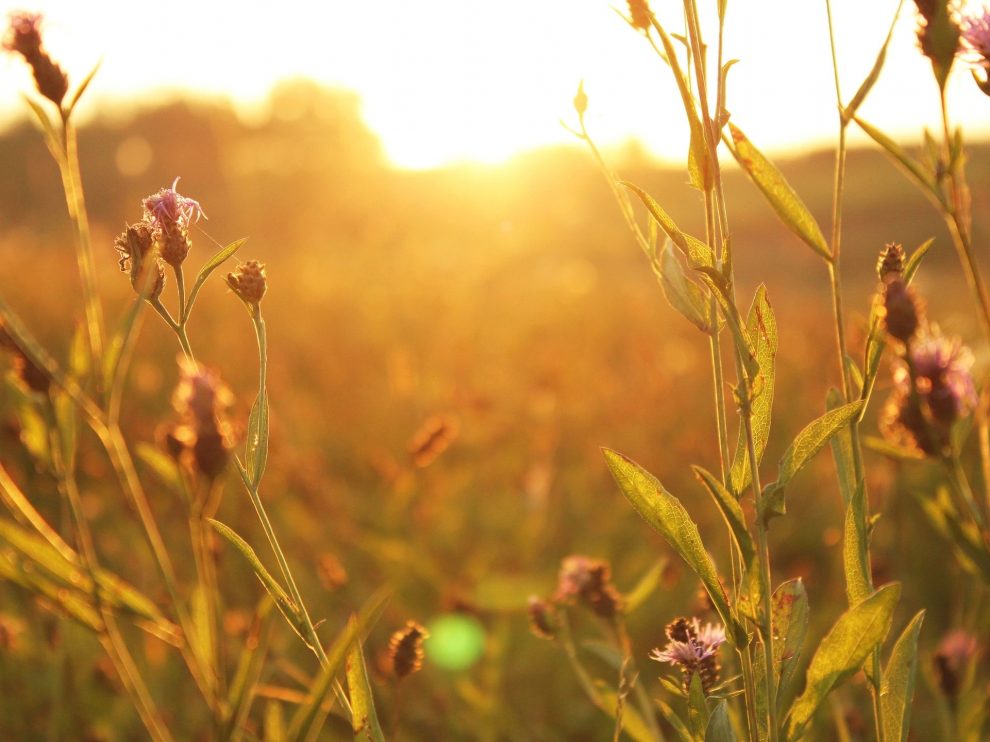It’s Time to Rid Your Home and Yourself of Plastic
2018 is the perfect time to think about how to live a cleaner, greener, and happier life – and one with less plastic.
Plastic products contribute to our ongoing dependence on oil, and it never goes away. There is no magical place where it is being converted into wonderful, useful things; we have far more than we can ever convert through recycling.
There are 8.3 billion tons of plastic in the world. It would be great to give a comparison of what that looks like, but there isn’t one, there isn’t a manmade structure or object on earth that can be a comparison for this size, it would still be 18,700 times the size of the largest man-made thing, the largest building in the world, the Burj Khalifa in Dubai at 163 stories and 2,700+ feet.
Recycling Isn’t Enough
Of the 8.3 billion tons of plastic that already exists, 6.3 billion tons is plastic waste. Of that waste, only 9 percent was recycled and 12 percent was incinerated. A whopping 79 percent ended up in landfills or the environment.
According to an excellent article in the New York Times, Another 300 million tons of plastic is produced each year globally.
Plastic has only been produced on an industrial level since the 1950’s. In 60 years we have created the world’s largest mess, that will take 450 – 1,000 years to decompose. While we cannot change what began 60 years ago. Each of us can personally can stop contributing to the growth of plastic, in our homes, work and schools.
Plastic Free for Your Health
All plastic leaches chemicals that affect estrogen. According to studies by the U.S. National Center for Biotechnology Information, part of the U.S. department of National Health and National Department of health and Human Services.
“Almost all commercially available plastic products we sampled—independent of the type of resin, product, or retail source—leached chemicals having reliably detectable EA, including those advertised as BPA free. In some cases, BPA-free products released chemicals having more EA than did BPA-containing products.”
EA, or Estrogen Activity has been tested and well documented as a health concern since earliest reports in 1999. See cited studies from National Institute of Health.
The same NIH report states, “In mammals, chemicals having EA can produce many health-related problems, such as early puberty in females, reduced sperm counts, altered functions of reproductive organs, obesity, altered sex-specific behaviors, and increased rates of some breast, ovarian, testicular, and prostate cancers” The effects are present even in very low doses to infants and in fetal health studies.
Eating Plastic
Plastic isn’t just what we choose to use as packaging. It is the leftover waste that is escaping our waste management systems based on sheer mass and entering oceans and the oceanic ecosystem.
A recent European Commission study on the impact of litter on North Sea wildlife found that some 90 percent of the birds examined had plastic in their stomachs. Fish and sea creatures we as humans often consume are also injecting plastic at an alarmingly pervasive rate. The effect is not only impacting the health of fish, with signs of increased cancerous tumors, but we are ingesting that seafood and residual plastic.
Shady Practices in Food Packaging Promotion
If you think your voice doesn’t matter, a December 2017 report by Produce Retailer claims, “Retailers continue to report rising demand for packaged fruits and vegetables, though the twin attributes. . . freshness and convenience.” Further stating, “73.5% [of retailers] said convenience is their customers’ primary driver for purchasing packaged produce, followed by 11% preferring single-serve sizes, 6% on food safety, 4% for the value and 6% other reasons.”
However, reports and surveys of consumers report a desire to increase packaging. The surveys asked consumers what was most important in purchasing produce. Consumers answered freshness and price. Because packaging isn’t a first thought in produce purchases, frankly, it shouldn’t be. However, the organization (which sells produce packaging) is reporting that this equates to consumers not caring about packaging.
Selling cellophane-wrapped 1/2 butternut squash means reduced freshness, increased price, a laughable amount more convenience, and a definite revenue increase to packaging companies. Overly packaged products solve a problem that doesn’t exist, and the so-called solution damages our health and our planet.
We Know That’s Overwhelming, But You and I Can Change It
We wouldn’t just bring up the dire problem of plastic to make you think everything is terrible. The solution sits with every single one of us. It is our purchases that contribute to plastic use. Cheap products, overpackaging, and a lack of understanding or care about how to treat the plastic that does exist contribute to the problem. We can all change this—you and me. It’s not dire. It’s a problem. We need to change our habits, and we can solve it.
- Think before you buy products. Every product has a lifespan, so think about how you will dispose of it.
- When you see ridiculous over-packaging, send a note or message to the product company.
- You might want to mention over-packaging to the store management or the store’s Public Relations contact on their website. Let them know consumers are looking for better options.
- Say something the next time you see over-packaged food in the produce aisle. Please take a picture and use social media to point out its ridiculousness.
- When you hear “hygiene” as a reason for packaging, think about how our ancestors survived without precut raw squash, and don’t believe this line is used by food packaging companies looking to profit from a non-existent problem.
- Recycle.
- If your workplace doesn’t have a recycling bin, ask for one, then demand one.
- Getting your lunch from a place that uses plastic for everything? Gently ask them if they’ve ever considered soy, wheat, or cardboard packaging. If they claim it’s more expensive, that’s no longer the case, and more of their customer base would be excited about compostable materials than there are defenders of plastic.
Need Some Ideas for Your Kitchen?
The kitchen is the most plastic-intensive room in the house, and most of it is used for seconds as wrapping. We’ve got loads of ideas and tools that will help.
Plastic-free: Let’s start in the kitchen!



